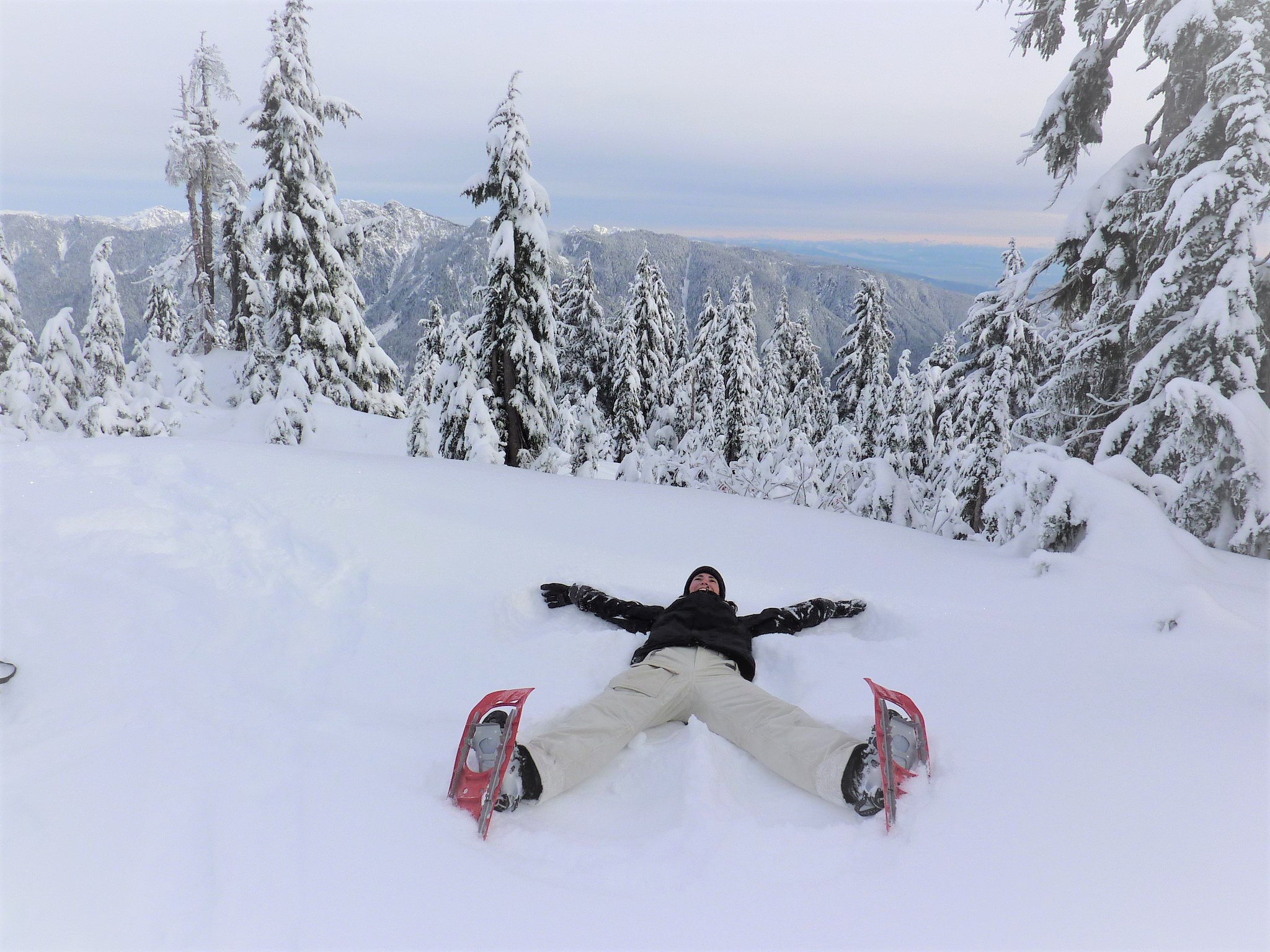In fact, Keen has created a great go-to boot here with the Revel III. And, with waterproof nubuck treated leather, it creates a great warm seal.
In general, leather boots are warmer by nature.
In fact, with its 200g of KEEN.Warm insulation and KEEN.Dry waterproof membrane, the Revel III performs wonderfully in even -20°F temps.
Additionally, the Revel III has underfoot insulation, coined as their proprietary TRAPOLATOR system. Which you can imagine, traps your body heat pretty darn well.
However, these are so warm that they may make your feet sweat without the proper socks. For this reason, we’d recommend wool and synthetic socks that can wick away excess sweat buildup.


Comments are closed.